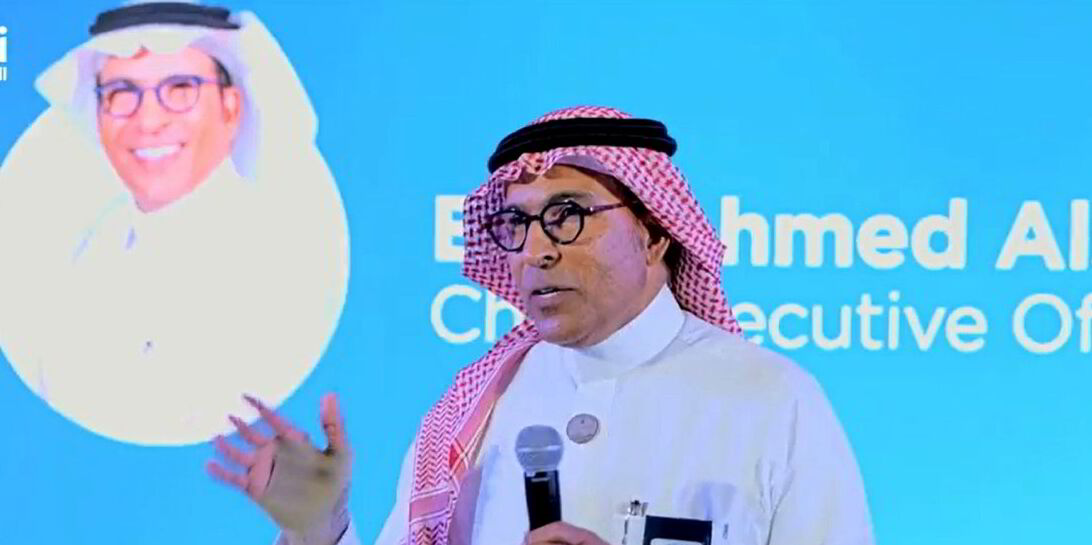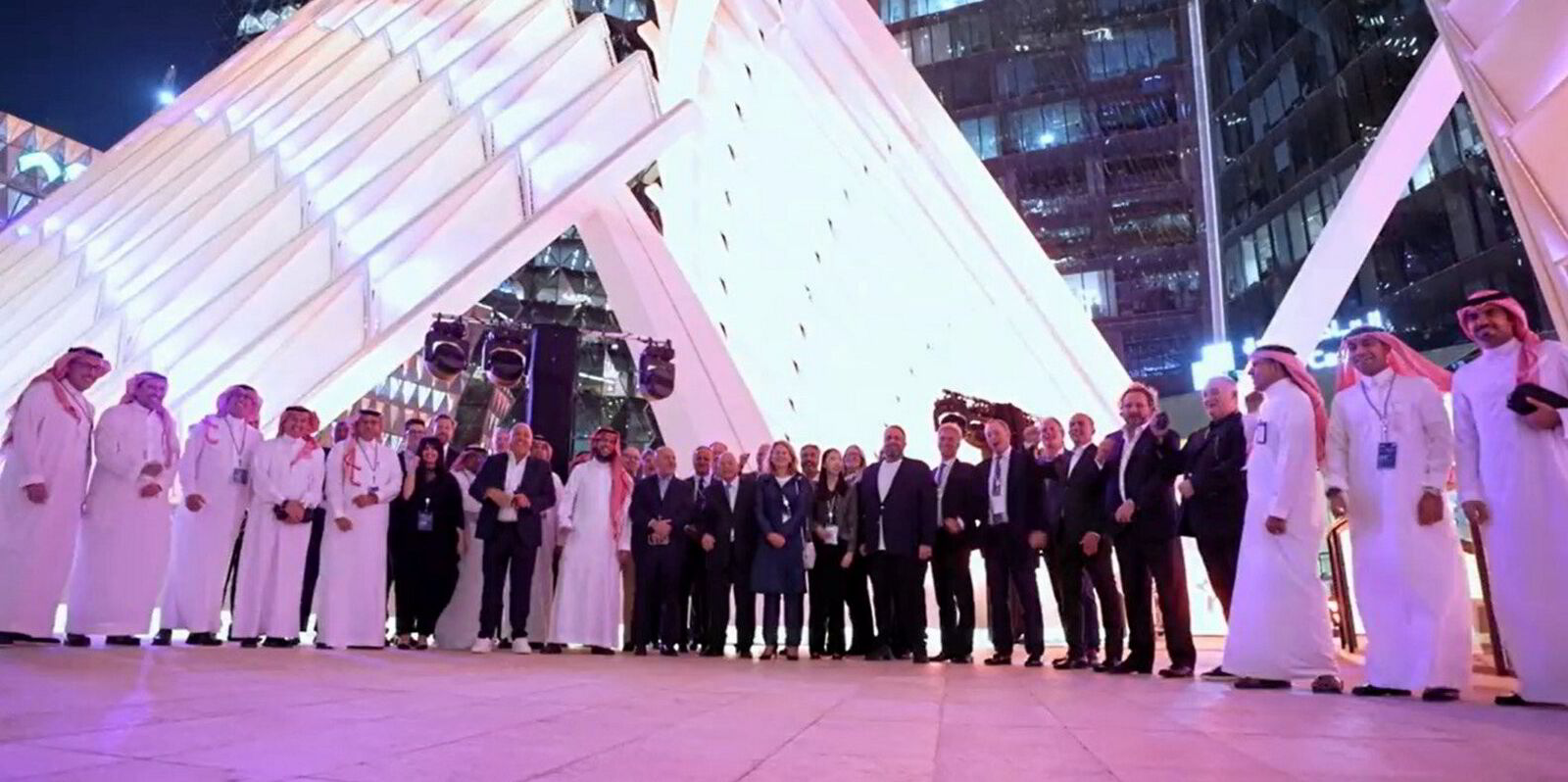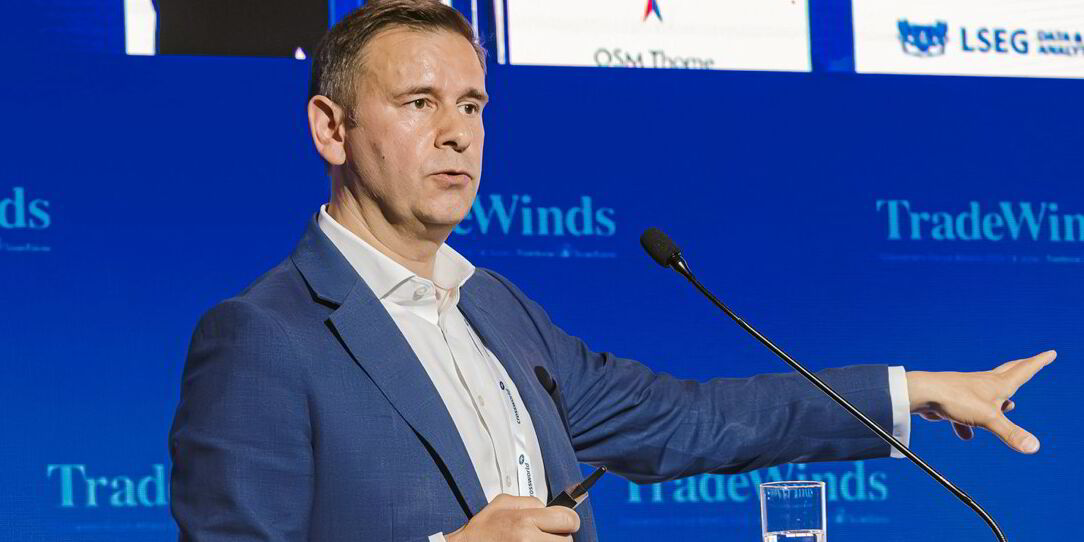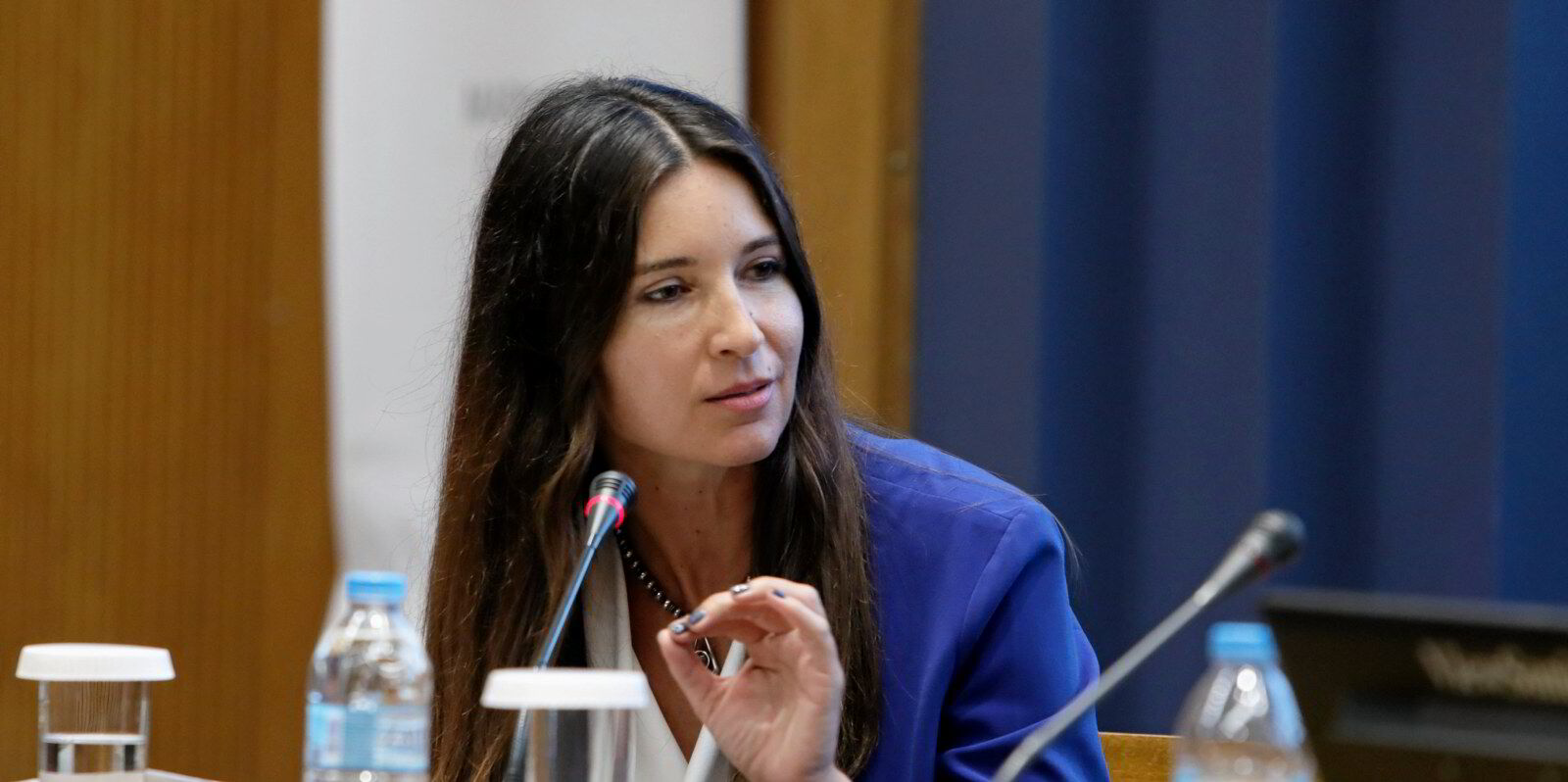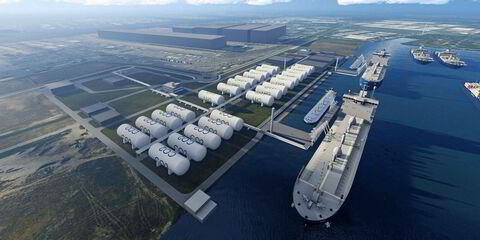Bahri Week could not have come at a better time for crude tanker owners. A little Saudi Arabian glamour to couple with some Middle Eastern sunshine is just what the doctor ordered, given that the typical heat they are accustomed to enjoying at this time of year is conspicuous by its absence.
In the famously volatile crude tanker market, owners are used to making hay as winter falls in the northern hemisphere.
One major shipowner I spoke to before he jetted off to Saudi Arabia was uncharacteristically downbeat. Winter is here, but the winter market is not, and he saw no signs of a notable spike arriving any time soon.
Former Euronav chief executive Paddy Rodgers used to say that for big tanker owners, the first quarter made the budget and the final quarter made the dividend.
This year, owners and investors in the space are still waiting for the fizz to arrive in their pre-Christmas drinks that would help spice up their dividend cheques.
As Frode Morkedal and his colleagues at Clarksons Securities pointed out this week, the crude tanker market had defied typical seasonality and softened through October and into November. The sluggish rates were a continuation of what had gone before.
Given that the winter doldrums for the big tanker space have come in a year when the VLCC market is receiving a solitary newbuilding, it is even more surprising there is no sign of a comforting springboard to carry momentum into 2025 yet.
With that in mind, long-time analyst Morkedal has already taken a red pen to his 2025 rate forecast.
While his expectations are by no means a disaster for next year, non-eco forecasts have been taken down from $82,000 per day to $77,000 per day.
This compares with the $38,000 per day secured by non-eco VLCCs in the year to date, according to Jefferies. The figure is down from $43,700 per day at this stage in 2023.
The “new year, new hope” scenario is born in part of the expectation that Opec+ members will take off their self-imposed shackles. This would unleash 2.2m barrels per day over the coming year, should they follow the present script, the analysts calculate.
To be clear, while currently disappointing owners and investors, the big tanker market is far from crisis levels, even if it is having something of a crisis of confidence.
This is trickling down into the sale-and-purchase market, where investors are keeping their powder dry given the uncertainty in the air, as Eva Tzima, head of research and valuations at Greece’s Seaborne Shipbrokers, noted this week.
It’s worth remembering that two major public tanker owners, Okeanis Eco Tankers and International Seaways, have reported profitable third-quarter results in the past week.
Both are still paying dividends. Indeed, both matched or exceeded Wall Street forecasts in the process. However, as Aristidis Alafouzos, chief executive of Okeanis, said, bar a brief rally in late July, the third quarter was a weak one for the VLCC market and the fourth quarter has been no better.
He said low exports in the US due to hurricanes, weak Chinese demand and terrible refining margins have kept pressure on the market.
“Even winter temperatures and weather delays have not crept in yet,” he said, noting Athens temperatures were still at 20C in early November.
“I do believe we will see winter volatility at some point this winter, and this will allow us to lock in some good pictures. But we need to be patient and remain positioned to grab these when they have come.”
The lacklustre winter market has contributed to a general slowdown in what is a historically strong shipping picture overall.
At the end of last week, Clarksons noted industry earnings were at the lowest point so far this year. Its cross-sector ClarkSea Index was at $22,514 per day, 18% above the 10-year trend in a year when earnings are one-third above trend.
Experienced tanker owners are generally a positive bunch and a little seasonal slackness has not fully drained their optimism.
“The outlook for the next year is highly promising,” was the Alafouzos take. “Our ability to outperform is even more pronounced in strong market conditions.
“We’re entering a new era for vessel supply, with two major challenges: an ageing fleet and a significant reduction in yard capacity.”
Adding to tanker owners’ longer-term positivity is the return of Donald Trump to the White House.
Lois Zabrocky, chief executive of International Seaways, said the election result could mean the oil tanker market is affected by more sanctions and maybe the squeezing out of sanctioned parties. “Potentially, you could see more US drilling and exports,” she added.
Maybe, those still needing an uplift to get through the stodgy winter could find inspiration from the actions of Bahri this year. The traditional newbuilding player has added 13 VLCCs from the secondhand market, including a nine-ship deal with Evangelos Marinakis.
Hardly a sign it is gearing up for less oil on the water in the future.
